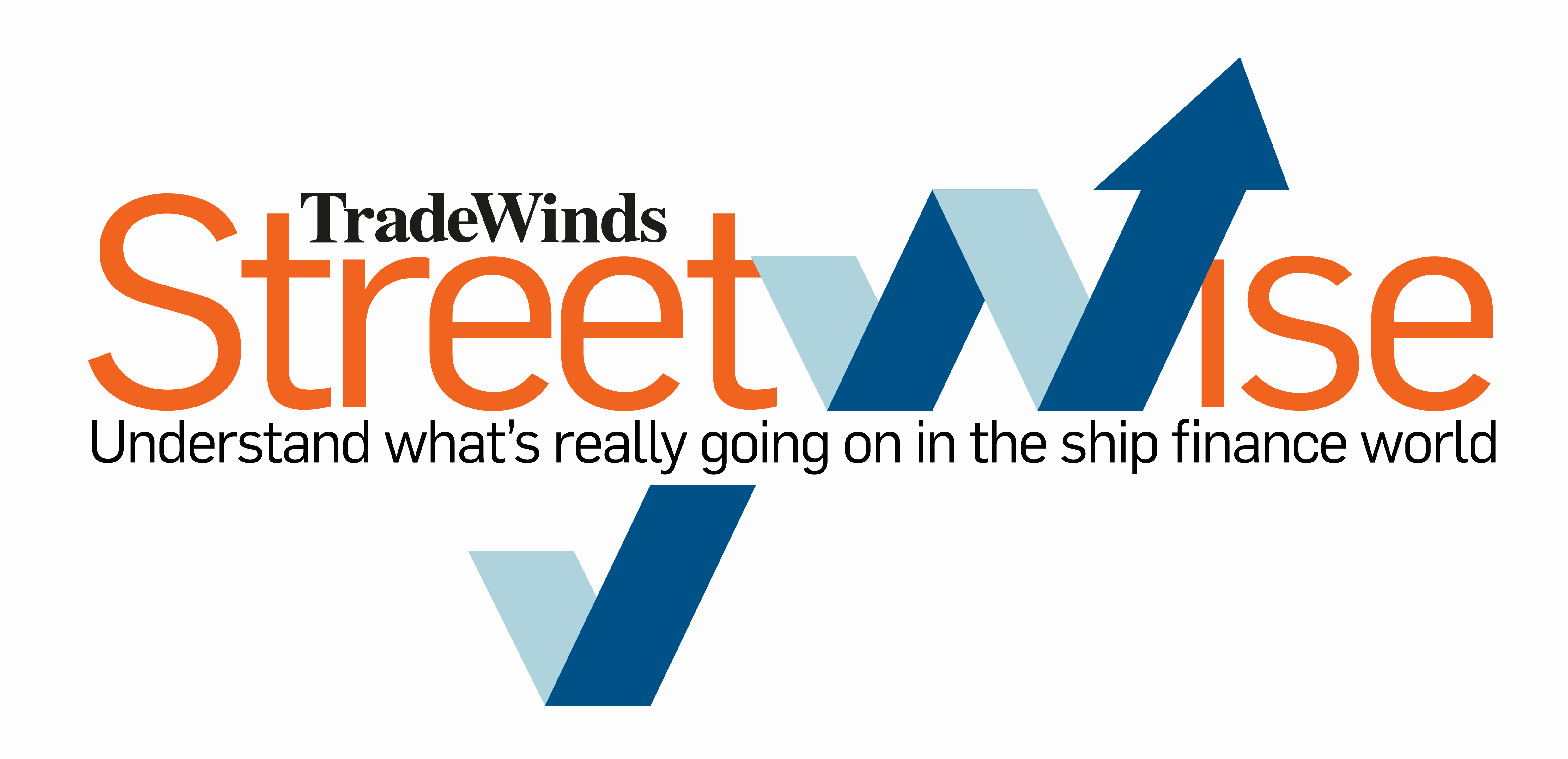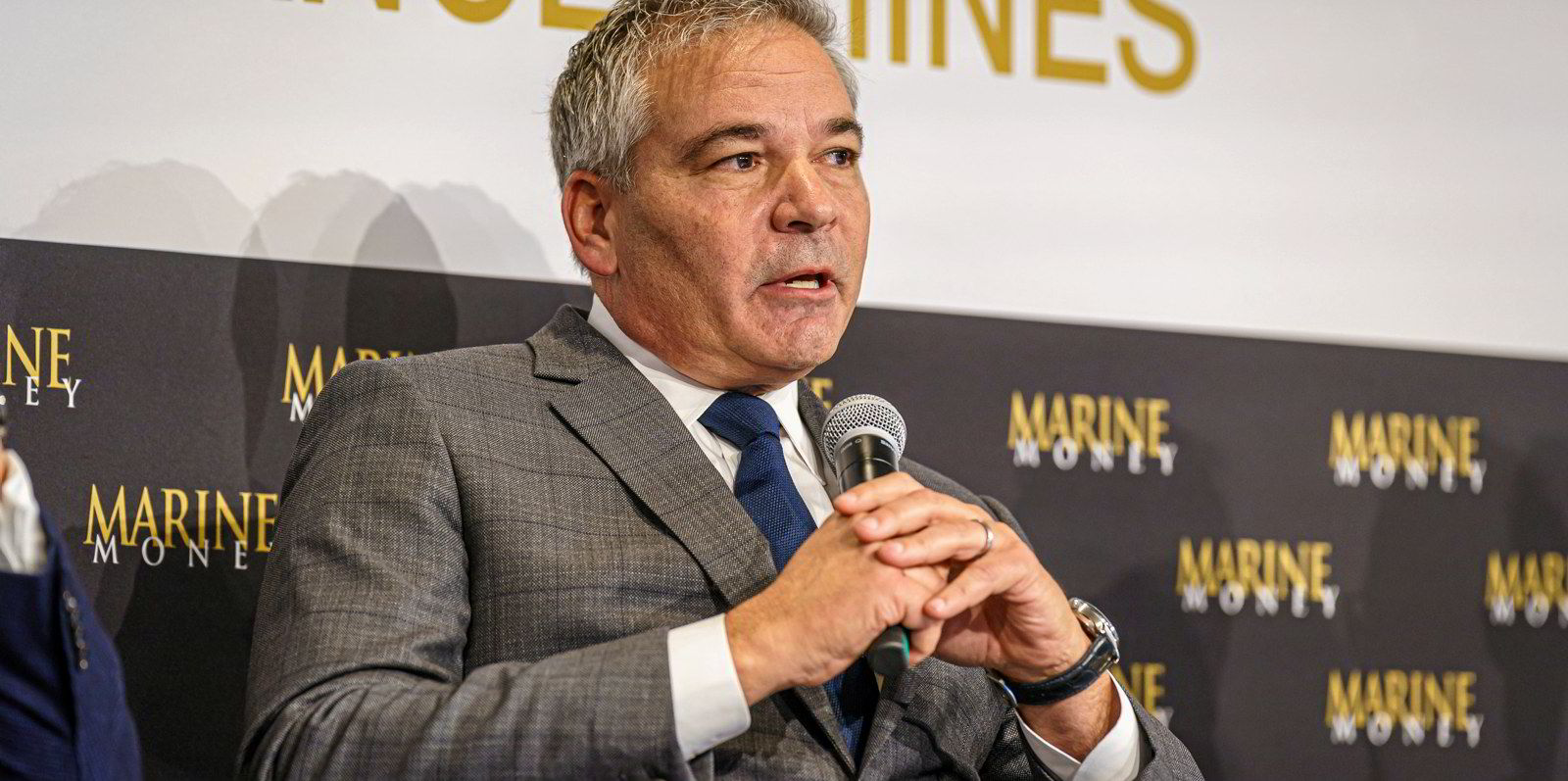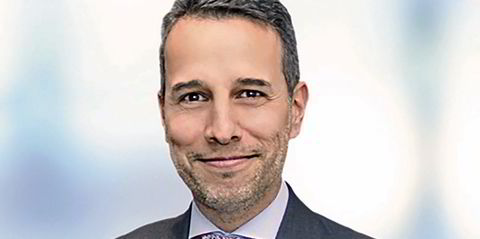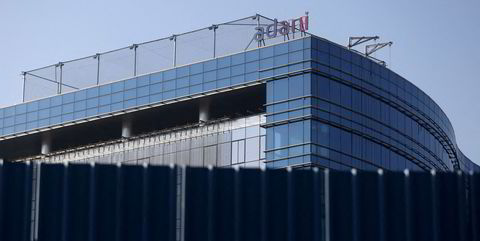New York-listed Eagle Bulk Shipping surprised Wall Street analysts by scratching out a small profit for the seasonally weak first quarter.
And like dry bulk peer Genco Shipping & Trading a day earlier, Eagle is guiding toward substantially stronger rates booked so far in April and May.
The Stamford, Connecticut-based owner of ultramax and supramax tonnage notched adjusted net income of $3.4m, or $0.26 per share, in the quarter on time charter equivalent (TCE) revenue of $59.2m.
This was easily better than the $0.08 loss forecast by equity analysts. Eagle’s Ebitda of $18.7m also topped the analysts’ bet of $18.4m.
Eagle also ladled out a $0.10 per share dividend which was in keeping with its policy of paying out 30% of net income or a dime — whichever is greater.
No amount of dividend is guaranteed, however, and must be approved in each case by the Eagle board. Analysts had forecast an $0.08 payout.
The Gary Vogel-led company’s TCE earnings for the quarter of $12,900 reflected about a 30% decline from the closing quarter of 2022. However, Eagle said the total beat the Baltic Supramax Index by 31%.
And there was better news about the current three months, as Eagle said it had booked about 65% of operating days at $16.030.
In the earnings report, Vogel called the first quarter “seasonally weak” for rates.
“Based on recent developments and given our general view of market fundamentals for the balance of the year, we believe the first quarter will represent the bottom for freight rates in 2023,” Vogel said.
“Looking forward, we remain positive about the medium-term prospects for the dry bulk industry, particularly given strong supply side fundamentals”
All numbers were well down on figures from a year ago, when the market was better than a typical first quarter in dry bulk.
In that period Eagle reported net income of $53m on TCE revenue of nearly $122m. In similar fashion, Eagle’s TCE earnings for the start of 2022 reached $23,900 per day.
The midsize specialist also confirmed TradeWinds’ reports that it had sold the 58,000-dwt Sankaty Eagle, Montauk Eagle and Newport Eagle (all built 2011) in a move to leverage rising asset values on bulkers considered non-core to its fleet.

At $49.8m, or $16.6m per vessel, the price was even stronger than the $49m suggested in TradeWinds’ 18 April report.
“We continue to act opportunistically to create value for our stakeholders,” Vogel said. “Following our recent accretive acquisitions of four modern high-specification ultramaxes, we have taken advantage of a recent increase in both S&P liquidity and ship values to sell three non-core, non-scrubber-fitted supramax vessels, which were purchased opportunistically just two years ago.”
Vogel said the sales generated a levered internal rate of return of 70% , inclusive of cash generated.
Once all three vessels have been delivered, Eagle will have 52 ultramaxes and supramaxes on the water, of which 50 are equipped with exhaust gas scrubbers.





